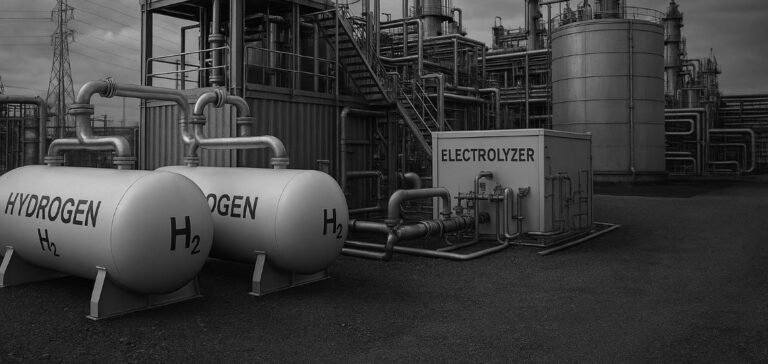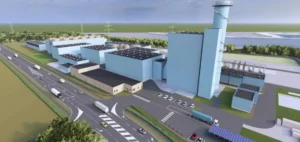The global green hydrogen market is estimated at $1.4bn in 2025 and is projected to reach $19.2bn by 2032, according to a study by Meticulous Research published on April 11. This rapid growth, estimated at an average annual rate of 45.6%, is based on the rise of fuel cell electric vehicles, growing needs from the chemical and industrial sectors, and government policies in favour of carbon neutrality.
Technologies and growth segments
Electrolysis processes using proton exchange membrane (PEM) technology are expected to see the fastest growth. This technology is valued for its efficiency and compatibility with renewable energy sources. Simultaneously, hybrid systems combining solar, wind, and storage are rapidly expanding to ensure continuous hydrogen production, despite the variability of natural resources.
The increasing integration of artificial intelligence in electrolyser management, the development of more efficient catalytic materials, and gigawatt-scale electrolysis projects are among the key elements shaping this evolving market.
Industrial applications and infrastructure challenges
Decarbonising industrial processes in sectors such as cement, steel, and chemicals remains the main long-term driver of demand. In maritime transport, regulations from the International Maritime Organization are pushing shipowners to adopt hydrogen-derived fuels, notably green ammonia, supporting strong growth in this segment by 2032.
Despite these prospects, several technical and economic barriers remain. The high cost of green hydrogen production, combined with limited transport and storage infrastructure, hinders large-scale adoption. Investments in optimising electrolysers and pooling logistics networks will be critical to meeting the industry’s growing needs.
Geographic distribution and regional dynamics
North America is expected to hold the largest share of the global market in 2025, followed by Europe. However, the Asia-Pacific region will experience the fastest growth, supported by national strategies in China, Japan, India, and Australia. Public policies, export-oriented projects, and industrial alliances are shaping a regional dynamic in favour of green hydrogen.
Key players in this market include FuelCell Energy Inc., Bloom Energy Corporation, Plug Power Inc., Air Products and Chemicals Inc., as well as European companies such as L’AIR LIQUIDE S.A., Linde plc, and Siemens Energy. All are focusing on lowering production costs, optimising electrolysis processes, and expanding industrial capacities.






















